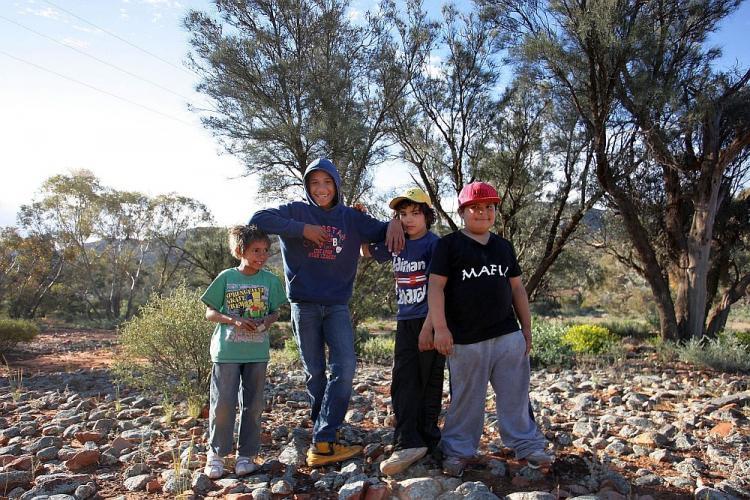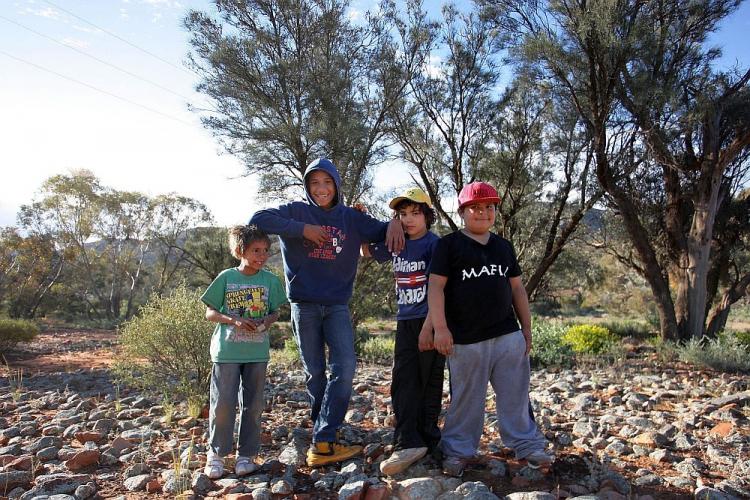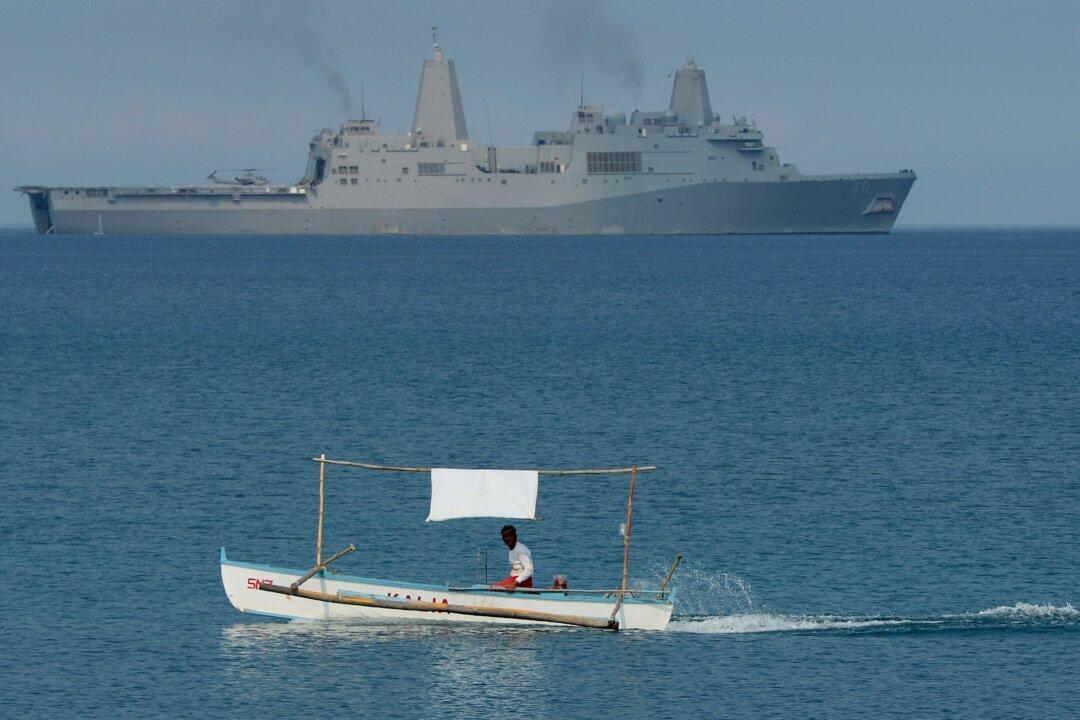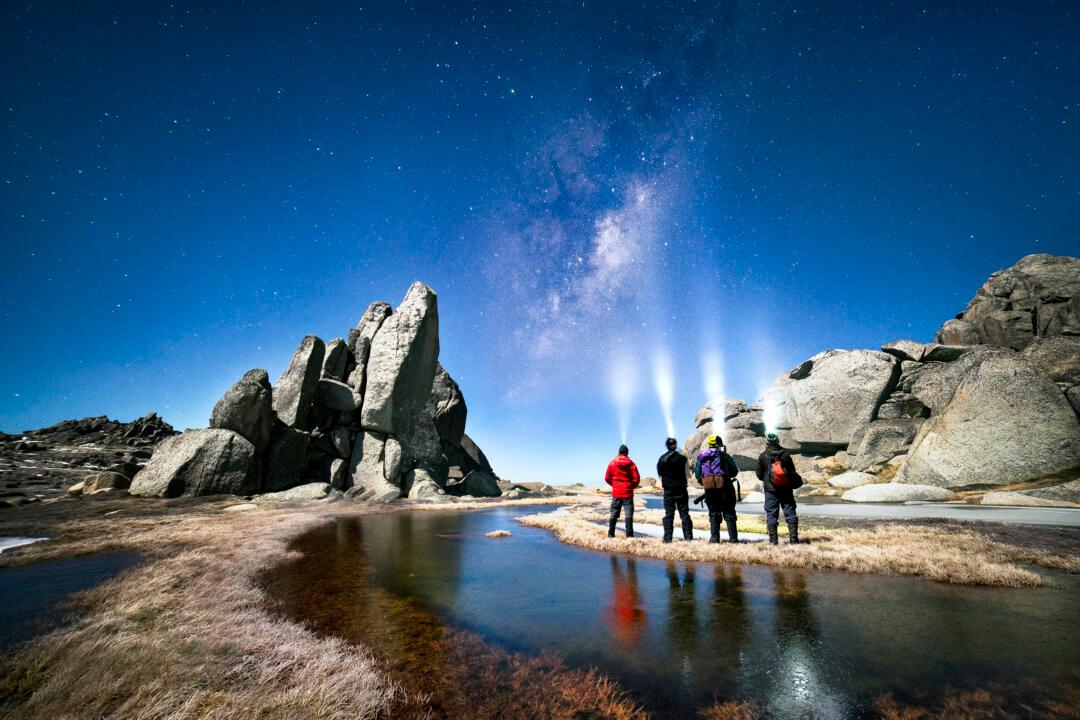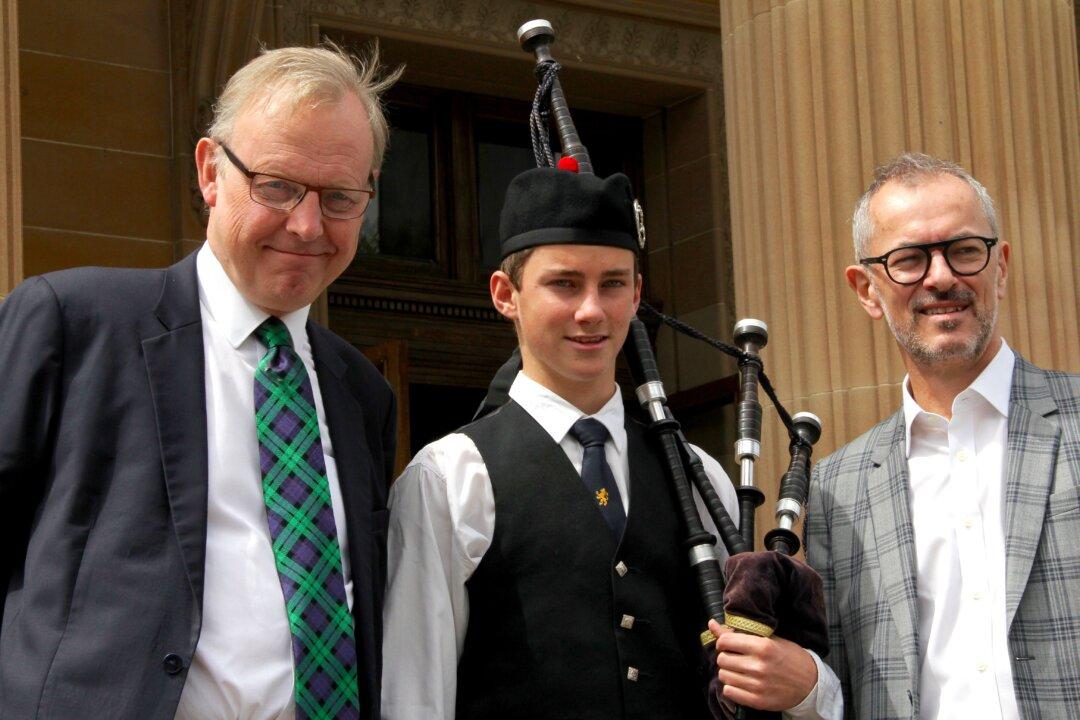GenerationOne Strives to Bridge Gap for Australian Aboriginals
In October last year, a young indigenous Australian girl quietly addressed the nation about ending the disparity between indigenous and nonindigenous Australians.
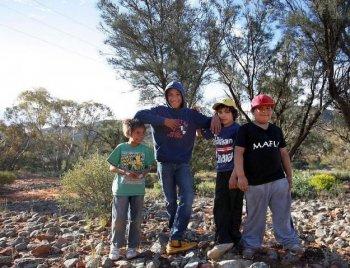
TOUGH ODDS: File photo of Indigenous children of the Iga Warta community in the South Australian Outback. According to Australian statistics, only one of these four boys will survive to the age of 65. By all development indicators, indigenous Australians are one of the poorest communities in the world. Lisa Maree Williams/Getty Images
|Updated:
